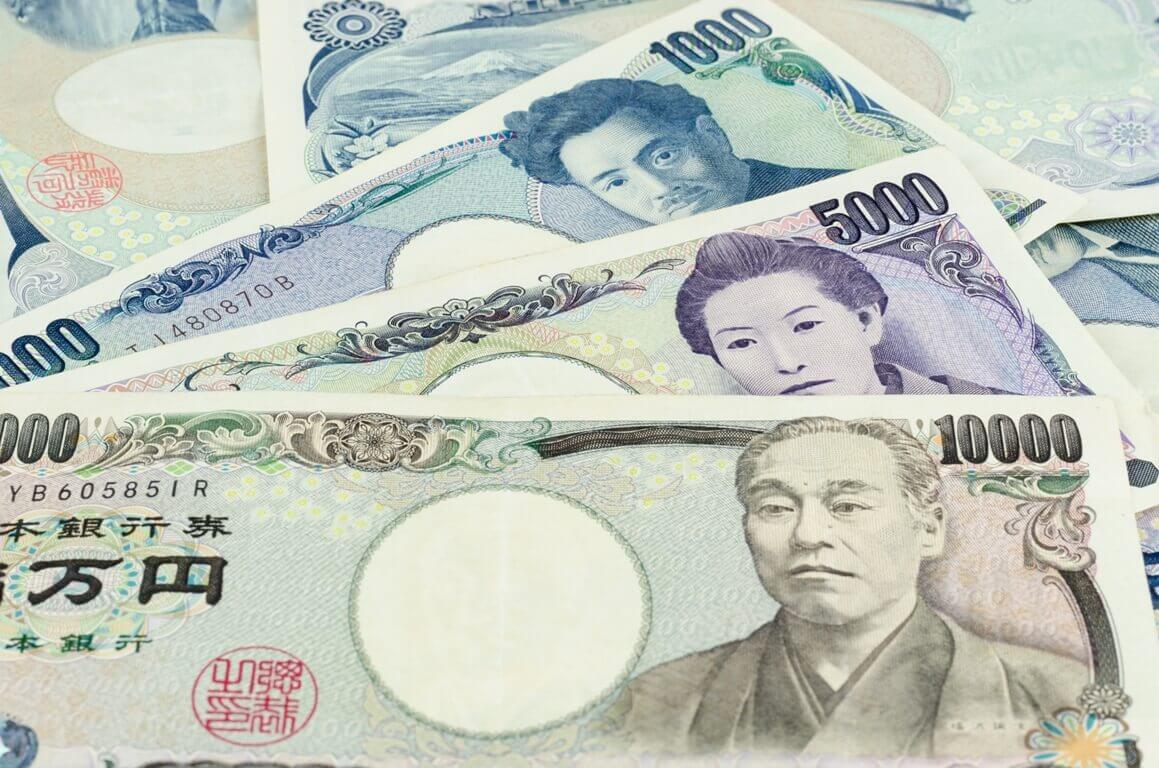The euro was steady on Friday. The currency remained set for weekly gains. The European Central Bank’s announcement that it would phase out its stimulus supported the common currency. However, soaring stagflation worries arising from the Ukraine war continued to pressure the euro. Meanwhile, the U.S. dollar skyrocketed to a five-year high against the Japanese yen thanks to a strong U.S. inflation report.
After four straight weeks of declines, the euro rallied this week as the European Central Bank said it would phase out its stimulus in the third quarter. The bank opened the door to an interest rate hike before the end of 2022 to fight soaring inflation. Despite that, the ECB provided little lasting support to the common currency. The euro declined by 0.1% to $1.0975 as of 0930 GMT, after jumping as high as $1.11215 on Thursday.
Chris Turner, the Global Head of Markets at ING, noted that on another day – i.e., pre-war – the EUR/USD pair might have enjoyed lasting gains on ECB hawkishness. However, it looks unlikely that a central bank, barely matching the U.S. Federal Reserve’s tightening, will be able to generate a stronger euro in the face of heavy terms of trade losses.
Ukraine and Russia talked on Thursday, but the countries made little progress towards ending a war that is currently in its third week.
How is the greenback trading now?
The U.S. dollar soared to a five-year high on the Japanese yen. It exchanged hands higher by 0.7% to 116.97 yen at last. Before that, the dollar had hit its highest level since January 2017 as forex markets were preparing for Fed tightening.
Both the Federal Reserve and the Bank of Japan planned their policy meetings next week. Investors expect the Fed to hike rates from their pandemic low, while the BOJ seems set to remain an outlier. On Friday, the dollar rallied against a basket of peers by 0.37% to 98.730.
On the other hand, commodity-linked currencies took a breather. They skyrocketed recently, supported by higher commodity prices. However, the Norwegian crown and Canadian dollar remain unchanged today. The Australian and New Zealand dollars declined slightly, though.
The Ukraine war has also weighed on the British pound. The Sterling has tumbled down by 2.7% this month against the dollar. It also hit a 16-month low on Friday at $1.3056.
What about the EM currencies?
Most emerging market currencies surged forward on Friday. Russian President Vladimir Putin dropped hints about some progress in Moscow’s talks with Ukraine. That eased some selling pressure on units battered by the ongoing war. According to Putin, there are certain positive shifts. He said negotiators on the Russian side told him so, but the President did not elaborate. Nerveless, this news helped to bolster financial markets, struggling due to soaring global inflationary pressures and the fallout from Russia’s invasion of Ukraine.
Russia’s ruble jumped to a session high of 112.09 against the greenback in offshore trading, while the onshore rate also climbed up. Still, the central bank’s order was largely shut local stock markets. The latter limited trading in stocks and bonds after the West announced its economic sanctions against Russia.
Western sanctions on the country have spurred a surge in commodity prices, which has benefited some emerging market exporters of gold, oil, and other raw materials. On the other hand, it hurt importers and economies of countries with proximity to both Russia and Ukraine.
On Friday, the Turkish lira edged up by 0.6% against the dollar after lowering as much as 1.2% earlier in the session. Meanwhile, commodity-rich South Africa’s rand soared by 0.2%, erasing earlier decreases.
Francesc Balcells, the chief investment officer of global emerging market debt at FIM Partners, noted that the economic hit is real. Analysts are not sure they have fully grasped the magnitude of the financial aftershocks yet. The MSCI’s index for emerging market stocks experienced some losses, trading down by 0.9%. Currently, the index is on track for its fourth weekly drop, declining by about 4.7%.
On Thursday, data showed that U.S. inflation hit a four-decade high. That further solidified bets that the Federal Reserve would raise its benchmark lending rate at the end of its policy meeting next week. The European Central Bank also surprised markets with a hawkish tone.










